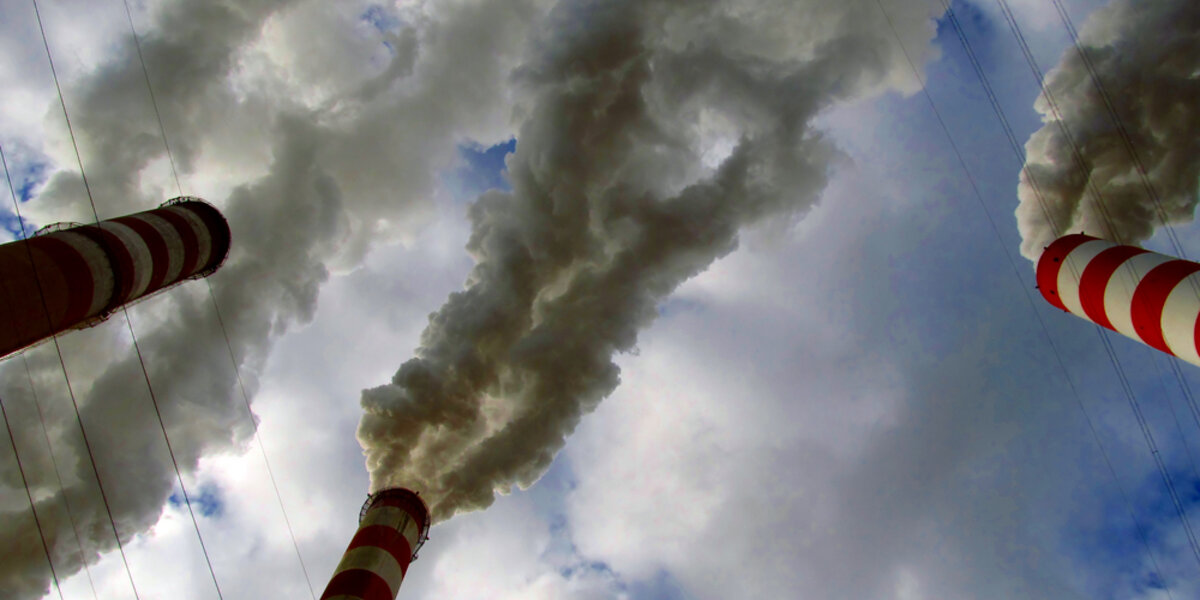Climate Target Places Emphasis on Role of Energy Efficiency
Let's Save Energy
Alliance to Save Energy's Blog
Climate Target Places Emphasis on Role of Energy Efficiency

Last week, the United States formally submitted its target to cut net greenhouse gas emissions to the United Nations Framework Convention on Climate Change (UNFCCC). The target was first announced by President Obama last fall, in conjunction with a similar commitment by China’s President Xi Jinping, and will lead to national carbon emission reductions of 26-28% below 2005 levels by the year 2025. These targets, along with those announced by the European Union, Norway, Switzerland and, most recently, Mexico, now combine to represent more than half of global CO2 emissions.
Key Measures
The target is certainly ambitious and will require the country to increase the pace of annual carbon emission reduction from now through 2025, but the Administration has put in place several measures that will make the target achievable. The newest measures were included in President Obama’s Climate Action Plan (CAP), which is where energy efficiency can be seen as clearly having a key role in leading to great emission reductions.
Clean Power Plan
A major component of CAP is the Environmental Protection Agency’s (EPA) proposed Clean Power Plan that would implement new guidelines for existing power plants and require states to comply with individual carbon emission reduction targets. The proposal includes four methods that can be employed for compliance, one of which is through increased demand-side energy efficiency.
Appliance and Equipment Standards
The Department of Energy (DOE) has developed and finalized energy conservation standards, including those for 29 categories of appliances and equipment, to help eliminate 3 billion metric tons of carbon emissions cumulatively by 2030 from the building sector.
Vehicle Fuel Efficiency
The Administration has also continued its efforts to increase the fuel efficiency of medium- and heavy-duty trucks. The first ever fuel efficiency and greenhouse gas standards for these vehicles was released in February 2014 and the second phase is expected by March 2016.
All of these current efforts are built upon the previous actions of the Administration. Since taking office, President Obama has invested more than $80 million in clean energy technologies under the American Recovery and Reinvestment Act of 2009, increased energy efficiency standards across a broad spectrum of areas and has committed to doubling the energy productivity of the nation by 2030.
Conclusion
Energy efficiency is the cheapest, cleanest, most reliable and readily available energy resource and so it should come as no surprise that the Administration has chosen to employ energy efficiency in its reduction plans. As countries look to address carbon emissions ahead of the climate talks in Paris later this year, we hope that they will consider the example set by the U.S. to fully incorporate energy efficiency as a cornerstone for future reductions.
RECENT BLOG POSTS
STAY EMPOWERED
Help the Alliance advocate for policies to use energy more efficiently – supporting job creation, reduced emissions, and lower costs. Contact your member of Congress.
Energy efficiency is smart, nonpartisan, and practical. So are we. Our strength comes from an unparalleled group of Alliance Associates working collaboratively under the Alliance umbrella to pave the way for energy efficiency gains.
The power of efficiency is in your hands. Supporting the Alliance means supporting a vision for using energy more productively to achieve economic growth, a cleaner environment, and greater energy security, affordability, and reliability.



